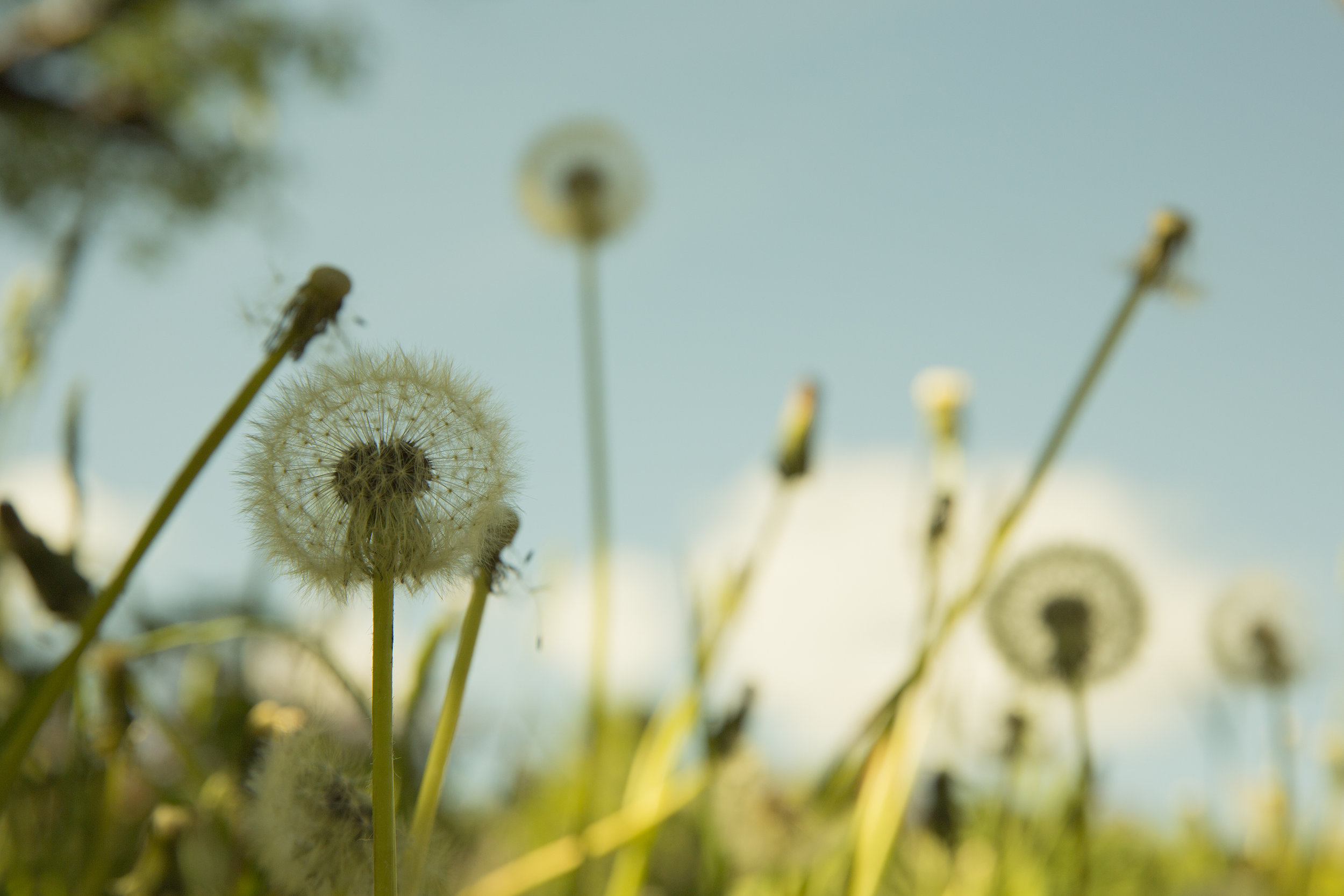
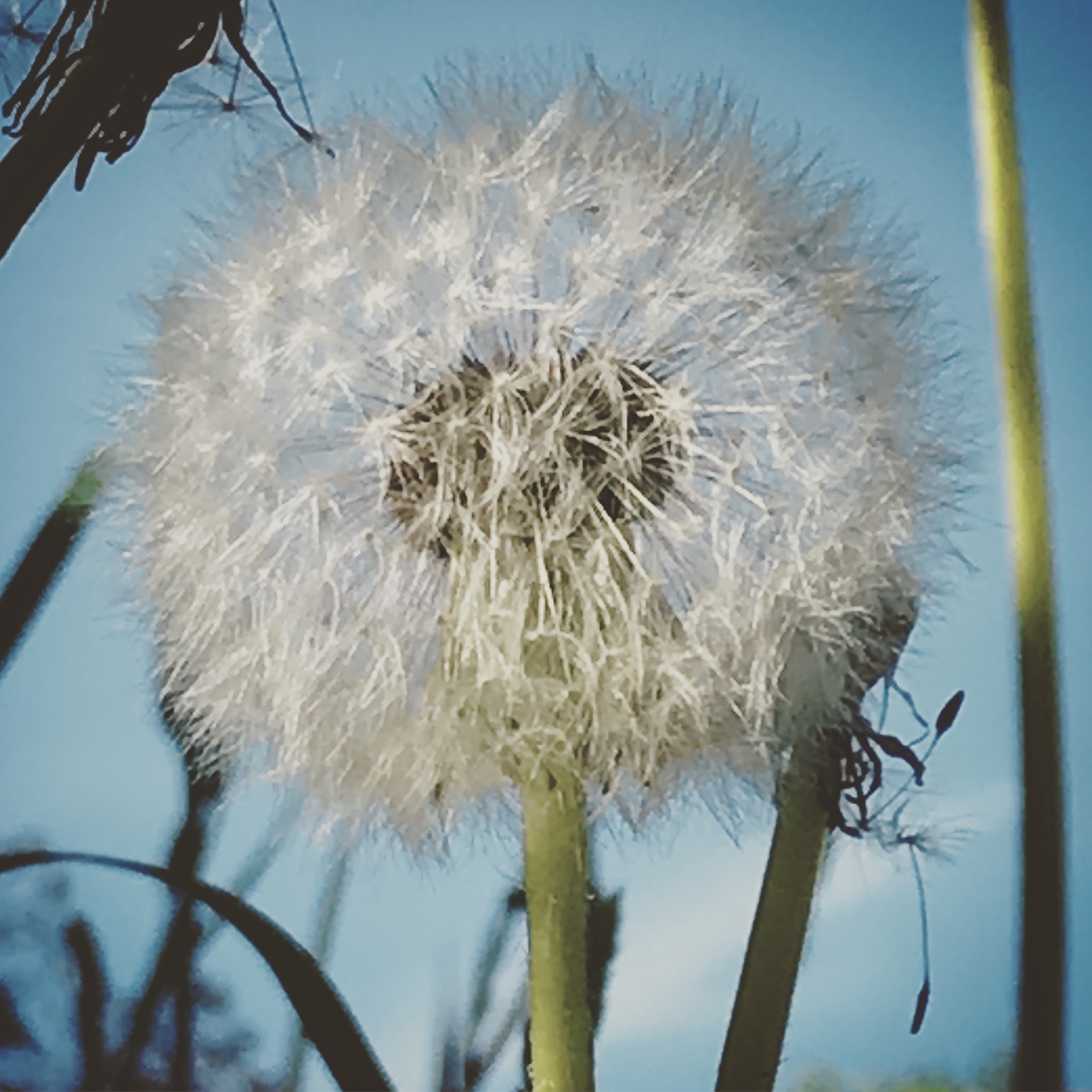
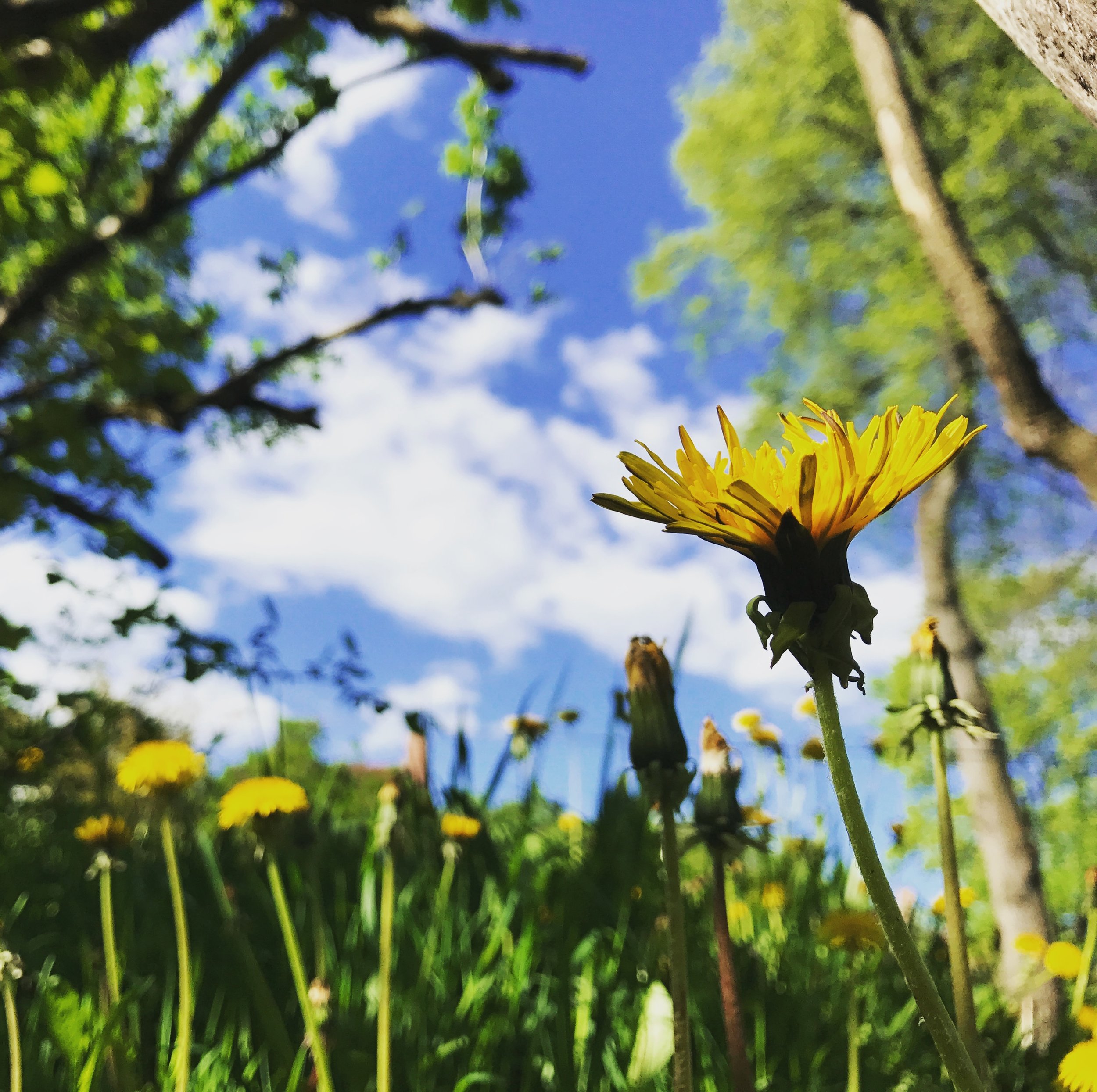
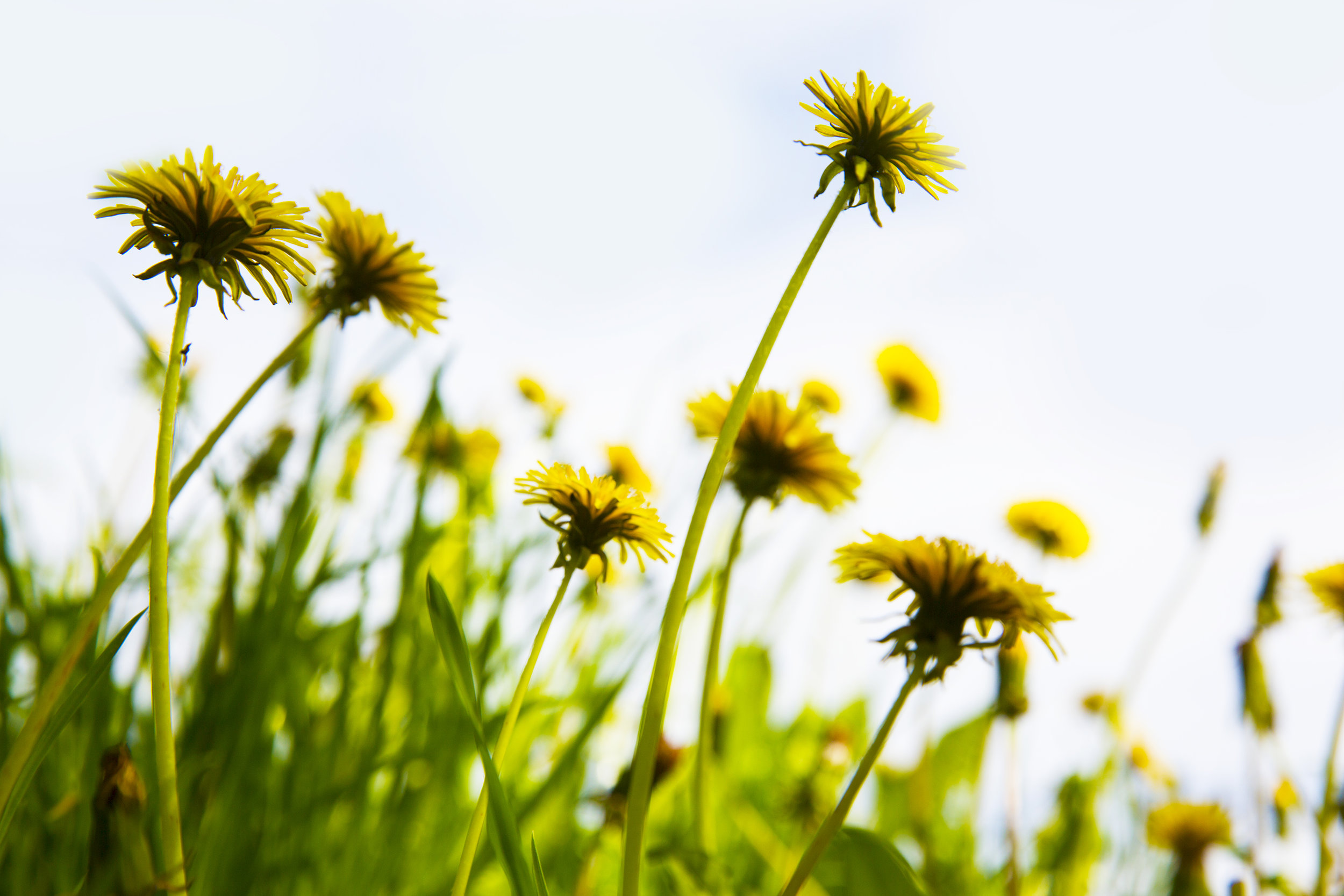
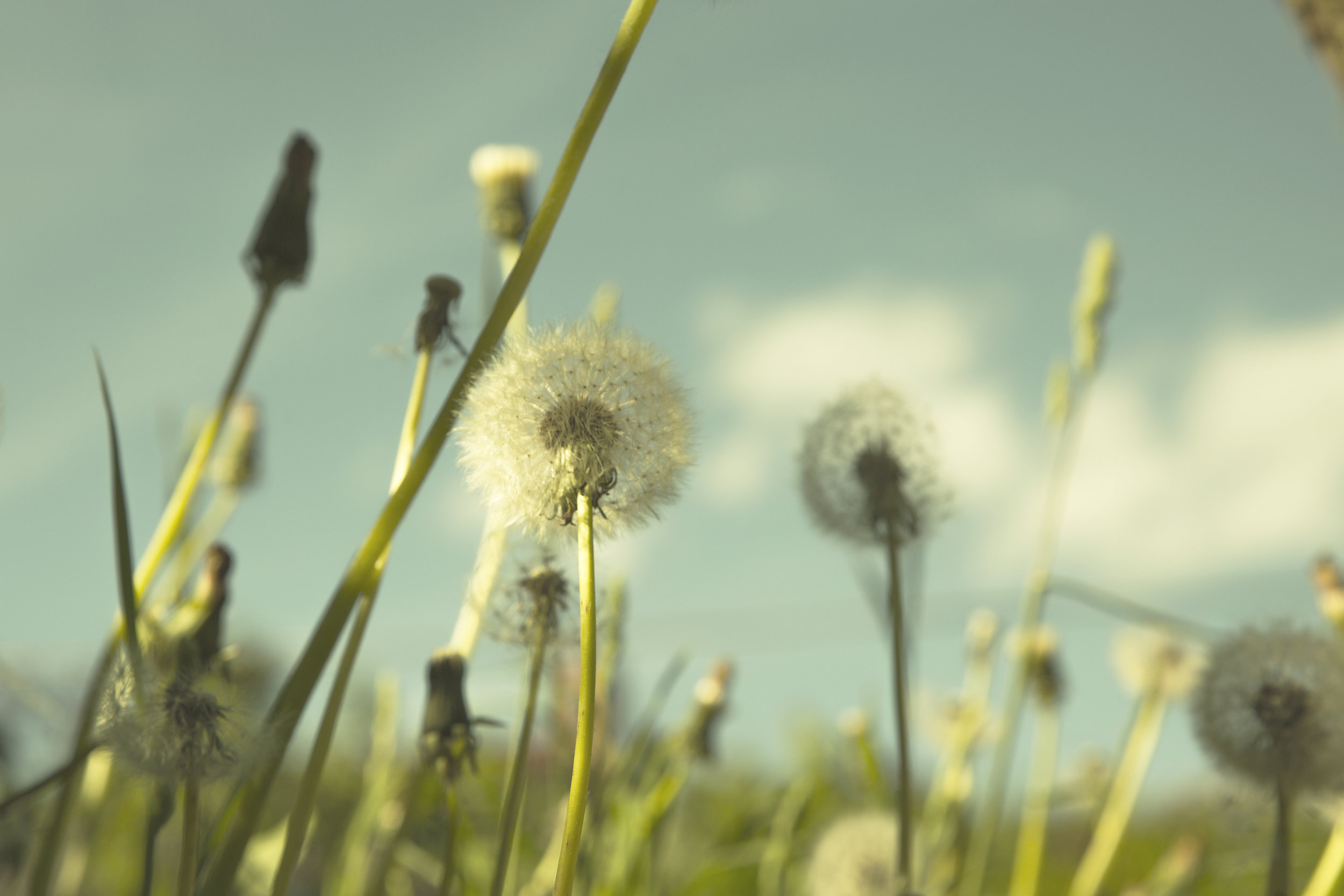


Dandelions
Photo/Film
Taraxacum is a large genus of flowering plants in the family Asteraceae which consists of species commonly known as dandelion.
The name (recorded from late Middle English) comes from French dent-de-lion, translation of medieval Latin dens lionis 'lion's tooth', because of the jagged shape of the leaves. Dandelion (Taraxacum officinale ) is a common meadow herb of the Asteraceae or sunflower family. There are about 100 species of dandelion, and all are beneficial. This sun-loving beauty is a native of Greece, naturalized in temperate regions throughout the world, and familiar to nearly everyone. The perennial dandelion grows freely wherever it can find a bit of earth and a place in the sun. Dandelion's nutritive and medicinal qualities have been known for centuries.
Dandelion has a long history of folk use. Early colonists brought the herb to North America. The native people soon recognized the value of the herb and sought it out for its medical and nutritious benefits. The entire plant is important as a general tonic, particularly as a liver tonic. It may be taken as an infusion of the leaf, a juice extraction, a root decoction, or a tincture. Fresh leaves may be added to salads or cooked as a potherb. The juice extracted from the stem and leaf is the most potent part of the plant for medicinal purposes. It has been used to eradicate warts and soothe calluses, bee stings, or sores. Infusions of dandelion blossoms have been used as a beautifying facial, refreshing the skin.
